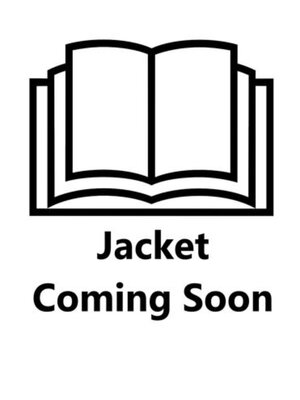Central European Wars 1918–21
ebook ∣ Revolutions and Border Wars in the Former Austro-Hungarian Empire · Men-at-Arms
By Philip Jowett

Sign up to save your library
With an OverDrive account, you can save your favorite libraries for at-a-glance information about availability. Find out more about OverDrive accounts.
Find this title in Libby, the library reading app by OverDrive.



Search for a digital library with this title
Title found at these libraries:
| Library Name | Distance |
|---|---|
| Loading... |
Depicts the forces involved in uprisings and border conflicts after the break-up of the Austro-Hungarian Empire.
The Austro-Hungarian Empire during World War I had included peoples of German, Hungarian, Polish, Czech, Slovakian, Serbian, Bosnian and other origins, whose ambitions for independent nationhood were complicated by mutual religious and ethnic hostilities. In this fully illustrated study, Philip Jowett examines the organization and appearance of the forces involved in the internal risings, border disputes and full-scale wars that followed the break-up of the Empire, as the composition and frontiers of new national states emerged from the immediate chaos.
Principally, Poland restored and defended the nationhood it had lost in the 18th century, while the new republic of Czechoslovakia was established after hostilities against both the Poles and Hungarian communists. Austria became a republic, and its paramilitary Freikorps fought Slovenians in Carinthia and various Serbo-Croat forces. The Hungarian republic defeated a Hungarian Soviet Republic led by Bela Kun, and suffered temporary Romanian occupation of territory including Budapest, while Hungarian nationalists fought Austrian gendarmes. The colourful and diverse armies of these nascent countries are described and illustrated in this lively account of their foundational years.
The Austro-Hungarian Empire during World War I had included peoples of German, Hungarian, Polish, Czech, Slovakian, Serbian, Bosnian and other origins, whose ambitions for independent nationhood were complicated by mutual religious and ethnic hostilities. In this fully illustrated study, Philip Jowett examines the organization and appearance of the forces involved in the internal risings, border disputes and full-scale wars that followed the break-up of the Empire, as the composition and frontiers of new national states emerged from the immediate chaos.
Principally, Poland restored and defended the nationhood it had lost in the 18th century, while the new republic of Czechoslovakia was established after hostilities against both the Poles and Hungarian communists. Austria became a republic, and its paramilitary Freikorps fought Slovenians in Carinthia and various Serbo-Croat forces. The Hungarian republic defeated a Hungarian Soviet Republic led by Bela Kun, and suffered temporary Romanian occupation of territory including Budapest, while Hungarian nationalists fought Austrian gendarmes. The colourful and diverse armies of these nascent countries are described and illustrated in this lively account of their foundational years.







